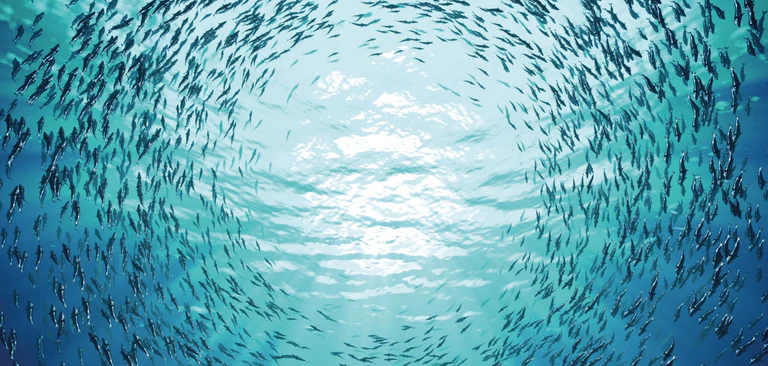The deep ocean, a mysterious and largely unexplored frontier, holds countless secrets and fascinating phenomena. Despite its inaccessibility, scientists have uncovered some astonishing facts about this dark, cold world. Here are ten surprising facts about the deep ocean that will leave you in awe.
1. The Deepest Point on Earth
- The Mariana Trench is the deepest part of the ocean, plunging down to about 36,000 feet (11,000 meters). The Challenger Deep, the trench's lowest point, is deeper than Mount Everest is tall.
2. Extreme Pressure
- At the bottom of the Mariana Trench, the pressure is over 1,000 times the standard atmospheric pressure at sea level. This immense pressure makes deep-sea exploration incredibly challenging.
3. Bioluminescent Creatures
- Many deep-sea creatures produce their own light through bioluminescence. This adaptation helps them attract prey, find mates, and communicate in the pitch-black environment.
4. Alien-Like Species
- The deep ocean is home to some of the most bizarre and alien-like creatures on Earth. From the anglerfish with its glowing lure to the vampire squid with its cloak-like arms, these species have adapted in extraordinary ways to survive.
5.Hydrothermal Vents
- Deep-sea hydrothermal vents, found along mid-ocean ridges, spew out superheated, mineral-rich water. These vents support unique ecosystems, including giant tube worms and shrimp that thrive without sunlight.
6. Marine Snow
- Marine snow is a continuous shower of organic material falling from the upper layers of the water column. It provides a crucial source of food for deep-sea organisms, sustaining life in the ocean's depths.
7. Gigantism
- Some deep-sea species exhibit gigantism, growing much larger than their shallow-water relatives. Examples include the giant squid, which can reach lengths of up to 43 feet (13 meters), and the Japanese spider crab with its 12-foot (3.7-meter) leg span.
8.Deep Ocean Exploration
- Advances in technology, such as remotely operated vehicles (ROVs) and submersibles, have allowed scientists to explore and study the deep ocean more effectively. Yet, much of it remains uncharted and full of mysteries.
9. Cold Seeps
- Cold seeps are areas where hydrocarbons like methane and oil seep out of the ocean floor. These sites host unique communities of organisms, including clams, mussels, and tube worms that rely on chemosynthesis instead of photosynthesis.
10. The Impact of Climate Change
- The deep ocean plays a crucial role in regulating the Earth's climate by storing carbon dioxide and heat. However, it is not immune to the effects of climate change, with rising temperatures and acidification posing threats to its delicate ecosystems.
Conclusion:The deep ocean is a realm of wonder and intrigue, teeming with life and natural phenomena that challenge our understanding of the planet. As technology advances, we continue to uncover the secrets of this final frontier, gaining insights that could change the way we perceive our world.
Search Query:
